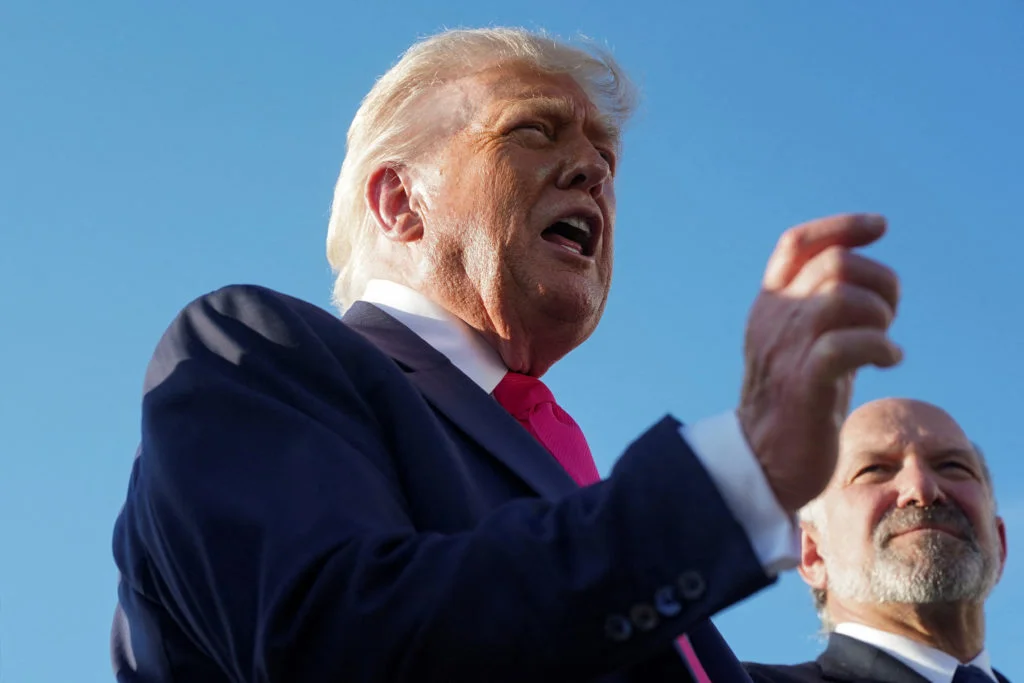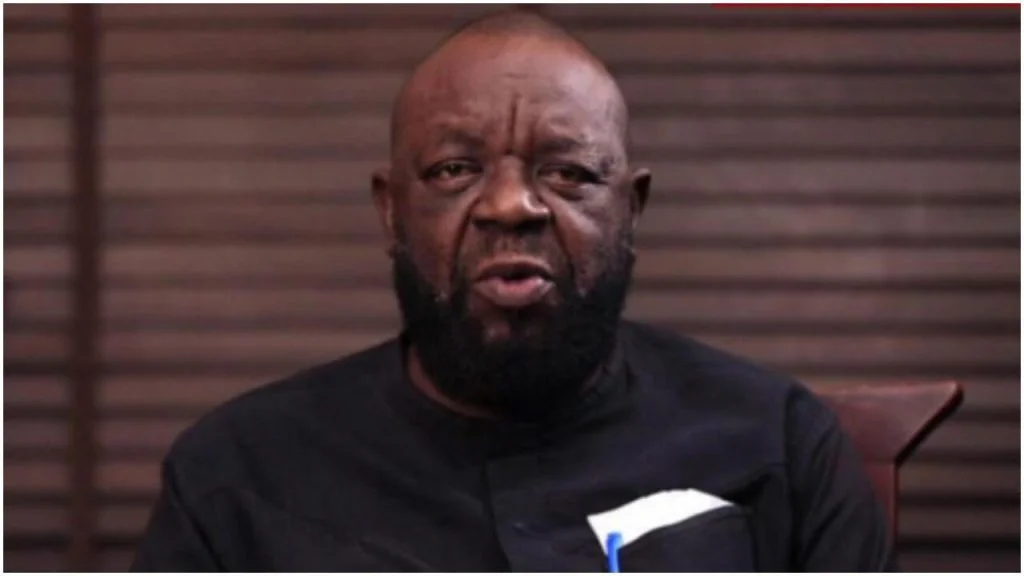President Donald Trump has been diagnosed with a common vein condition following recent public appearances where noticeable swelling in his lower legs sparked speculation about his health. The White House announced the diagnosis on Thursday, confirming that the 79-year-old leader is dealing with chronic venous insufficiency—a circulatory issue often found in older adults.
White House Press Secretary Karoline Leavitt informed reporters that the president underwent a full medical evaluation earlier this week. His doctors initiated the process after observers raised questions about visible swelling in his legs and discoloration on one of his hands during recent public engagements.
Diagnosis Reveals Age-Related Circulatory Issue
According to Leavitt, the president’s medical team carried out detailed vascular imaging tests, including Doppler ultrasounds of both legs. These tests confirmed the presence of chronic venous insufficiency (CVI), a condition that occurs when the valves in the leg veins weaken or become damaged, making it difficult for blood to flow back to the heart.
“Chronic venous insufficiency is a common and non-serious condition, especially in individuals over the age of 70,” Leavitt explained. “The president’s test results were within normal limits, and there is no indication of blood clots, arterial blockage, heart disease, or kidney complications.”
Leavitt reassured the public that President Trump remains in good health overall. She emphasized that his heart function, kidney activity, and overall systemic condition remain stable and show no signs of underlying illness.
What Is Chronic Venous Insufficiency?
Chronic venous insufficiency is a circulatory condition that affects millions of Americans, particularly older adults. The disorder develops when leg veins fail to transport blood efficiently back to the heart, causing blood to pool in the lower extremities. This pooling leads to common symptoms such as swelling, aching, varicose veins, fatigue, and skin irritation.
Although the condition can be uncomfortable, it is typically not dangerous when detected early and managed properly. Most individuals with CVI improve significantly with basic interventions, including compression stockings, regular exercise, and elevating the legs to promote circulation.
Risk factors for CVI include advanced age, sedentary lifestyles, obesity, genetic predisposition, and a history of blood clots. While women are more frequently affected, the condition is also prevalent among elderly men—especially those who spend long periods standing or traveling.
No Signs of Serious Underlying Conditions
The president’s doctors confirmed that they found no evidence of deep vein thrombosis (DVT), a more serious condition involving blood clots in the deep veins of the legs. They also ruled out peripheral artery disease and confirmed that Trump’s cardiovascular system remains structurally sound.
A comprehensive heart assessment, including an echocardiogram, showed no abnormalities. Lab tests revealed no signs of organ dysfunction or systemic inflammation.
In a statement provided by the White House, Trump’s lead physician noted, “The president remains physically capable and alert, with no limitations in his ability to perform his duties. The diagnosis of CVI does not affect his overall health or stamina.”
Bruising on President’s Hand Attributed to Medication and Routine Activity
Alongside the concern over leg swelling, images of President Trump’s hand showing light bruising added to the public’s curiosity. Leavitt addressed these observations, stating that the marks were consistent with minor tissue irritation resulting from frequent handshaking and routine aspirin use.
The president takes low-dose aspirin as part of his cardiovascular health protocol. This medication, while beneficial in thinning the blood and reducing the risk of heart attacks, can occasionally lead to easy bruising, especially on the hands and arms.
Leavitt clarified that the discoloration does not indicate trauma or any internal medical condition, and no additional treatment was necessary.
Conservative Treatment Plan Underway
At this time, President Trump is not undergoing any surgical treatment for CVI. His medical team has adopted a conservative care strategy, which includes compression therapy, increased physical activity, and routine follow-ups to monitor the condition’s progression.
Medical professionals familiar with CVI say most patients experience symptom relief through these non-invasive methods. In more advanced cases, outpatient procedures such as vein ablation may be required, but there is currently no indication that the president will need such interventions.
Doctors recommend simple daily routines like elevating the legs for short periods, avoiding extended standing, and staying physically active to manage CVI effectively. Lifestyle changes and consistent monitoring are key to ensuring that the condition remains stable over time.
A Shift Toward More Transparent Health Updates
This public acknowledgment of a specific medical condition marks a shift in the administration’s approach to presidential health disclosures. In the past, updates on Trump’s health were often limited to general statements or vague descriptions following his annual checkups.
By releasing specific diagnostic details and clarifying concerns about visible symptoms, the White House appears to be taking a more open and detailed approach—particularly important as the president continues to face questions about his fitness due to his age.
At 79, Trump is among the oldest individuals to serve in the role of U.S. president. The administration’s willingness to address medical findings directly may be part of a broader effort to demonstrate transparency and confidence in his health status.
Experts Weigh In on the Condition
Medical professionals not involved with the president’s care have weighed in on the diagnosis, describing it as common and manageable. One vascular specialist noted that CVI typically does not interfere with day-to-day activities, especially when caught in the early stages.
“This is not a condition that will limit his mobility or function if properly treated,” one doctor commented. “In fact, many patients with chronic venous insufficiency live completely normal lives with very basic care.”
Another physician pointed out that the condition is often underdiagnosed and can be mistaken for more serious health issues due to its visible symptoms, such as swelling and discoloration.
Broader Implications of the Diagnosis
While the condition itself is benign, its public disclosure raises important conversations about the health of aging leaders and the value of medical transparency. In a political climate where speculation can quickly spiral into misinformation, clear and timely health updates help build public trust.
Presidents, by nature of their roles, are subjected to intense scrutiny, and even minor health concerns can become the center of public and media focus. The White House’s decision to preemptively clarify the cause of the president’s visible symptoms appears to be a strategic move to prevent rumors from gaining traction.
Conclusion: President’s Health Remains Strong
President Trump’s recent diagnosis of chronic venous insufficiency may have raised initial concerns, but the medical facts confirm that he remains in good health and fully capable of performing his responsibilities. The condition is being managed effectively, and there are no signs of deeper health complications.
With appropriate care, consistent monitoring, and healthy lifestyle habits, CVI is unlikely to pose any significant risk to the president’s health. As the administration continues to provide updates, the public can remain confident that the president’s medical team is taking the necessary steps to safeguard his well-being.











